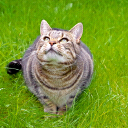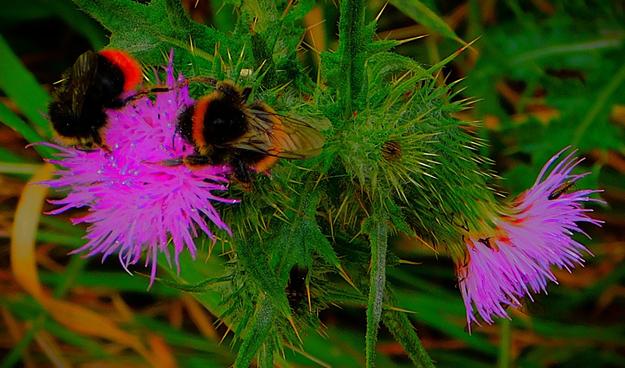#hare
Ґоріра Раіу
Обережно!
Небесні монстри скоро атакують.
https://note.com/deadly_poison_0/n/n0b5f67c22d48
<>

ISO 800
Aperture: F/7.1
Shutter Speed: 1/800
Comments and Story reshares are much appreciated
#nature #naturephotography #wildlifephotography #photography #wildlife #animalphotography #europeanwildlife #hare #lepus #feldhase #canon #canoneosr7 #geoleserfoto #animalsofinstagram #mammals #wildlife_perfection #wildwatchers #shotoncanon #wildlifelover #europeanhares
new smol project
Natürlich starrte ich einen Moment in die Wiese, ob dort noch ein Grünspecht zu sehen wäre. Stattdessen glotzte mich der hier an.
The brown hare is thought to have been introduced into the UK in Roman times.
My drawing is available on Folksy...
https://folksy.com/items/8530241
#FediGiftShop #ScottishArtist #MastoArt #CreativeToots
#Hare #AnimalArt #OriginalArt #Drawing #PenAndInk #ColourPencil #MixedMedia #Painting #Artwork #TraditionalArtist #ArtFromScotland #GiftIdeas #ArtShop
@mms It's a tricky one.
I don't necessarily blame the #wlroots developers here, but each release has breaking changes which they could do better to document/manage.
Take the release notes:
https://gitlab.freedesktop.org/wlroots/wlroots/-/releases
Some of this information is excellent, but doesn't go far enough. When you have a API in flux, having tooling to help might be worthwhile.
#hare #harelang did this with their hare-update(1) tool recently:
https://harelang.org/blog/2025-06-11-hare-update/
I'd rather see something like #coccinelle scripts in #wlroots to help with the transition, akin to what #harelang are doing.
I know #hikari is coming from 0.15 as its starting point, but the fact remains there's going to be further breaking changes, and I feel this should be addressed.
I might have to see what I can do to help as I do feel this is important.
I know that if the delta between releases is small, the changes might be small, but that's not guaranteed to cause big, sweeping changes. Case in point is the whole wlr_output_damage deprecated for wlr_damage_ring -- we're not just talking changes to the API, but rather, changes in *functionality* which I still don't see documented anywhere.
Hmm. The future.... great....

Fine art postcard available here: https://lbheuschkel.printify.me/product/21812193/trickster-hare-fine-art-postcard
#Art #Painting #Nature #Hare #Pastels
The al-mi'raj from medieval Arabic literature resembles a yellow hare with a single horn. This creature is so fierce that much larger animals flee from it. The inhabitants of an island in the Indian Ocean gave Alexander the Great an al-mi'raj to repay him for slaying a dragon.
ISO 2500
Aperture: F/7.1
Shutter Speed: 1/2000
Comments and Story reshares are much appreciated
#nature #naturephotography #wildlifephotography #photography #wildlife #animalphotography #europeanwildlife #hare #lepus #feldhase #canon #canoneosr7 #geoleserfoto #animalsofinstagram #mammals #wildlife_perfection #wildwatchers #shotoncanon #wildlifelover #europeanhares
A 36 minute video of me updating hare in openSUSE with new git/scmsync workflow
New on my #blog: https://aspi.blog/2025/07/16/deepti-sharma-guides-india-to-odi-win-over-england/
A look back at the ODI between the England and India women's teams and a large photo gallery.
#cricket #ODI #ENGWvINDW #photography #birds #insects #bees #beetles #butterflies #moths #CinnabarMoth #hare

From earlier today, a #hare in the woodland part of Salter's Sanctuary, near King's Lynn.
#photography #nature #mammals #hare
Some beer I've been drinking
Non uso mai la sincronizzazione browser proprio per le ragioni che hai descritto, ma potrei usarle se ci fosse un'implementazione libera per il #SelfHosting. Non mi risulta ci sia niente su #NextCloud ma potrei adottarla come nuovo passatempo da scrivere in C (o magari #Hare o #Zig, tanto per provarli) ed eseguire tramite #CGI.
CC: @simonperry@mastodon.uno @marcoboh@devianze.city @matz@y.cubalibre.social @phab@snowfan.masto.host
Cottontail rabbit

